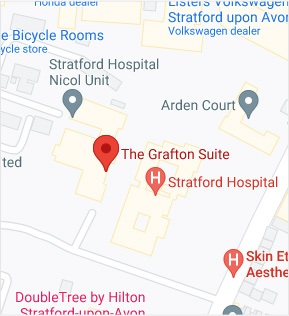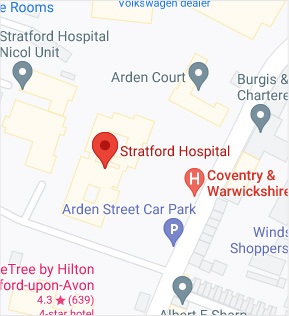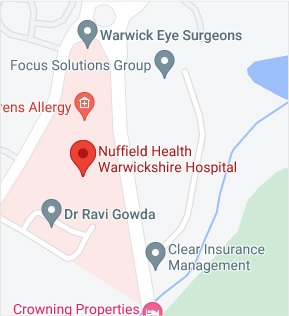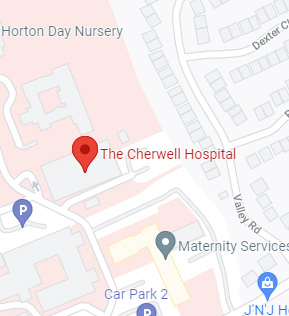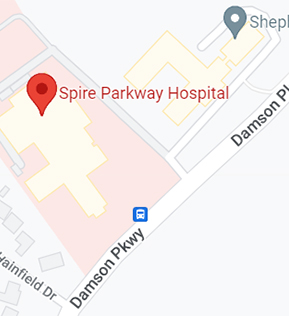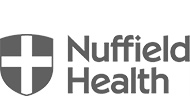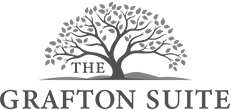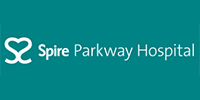What is Acromioplasty?
Acromioplasty is the surgical removal of a small part of the surface of the acromion (bony process on your shoulder blade). The shoulder joint is made up of a ball and socket joint, where the head of the humerus (upper arm bone) articulates with the socket of the scapula (shoulder blade), which is called the glenoid. The two articulating surfaces of the bones are covered with cartilage, which prevents friction between the moving bones, enabling smooth movement. Tendons and ligaments around the shoulder joint provide strength and stability to the joint.
Acromioplasty is a procedure to remove damaged cartilage, inflamed bursae, or excess bone which is causing pain and discomfort. This creates more space to enable smooth gliding of the joint without damaging its stability.
What is Arthroscopic Acromioplasty?
Arthroscopic acromioplasty is performed using an arthroscope, a small, fibre-optic instrument consisting of a lens, light source, and video camera. The camera projects images of the inside of the joint onto a large monitor, allowing your surgeon to look for any damage, assess the injury, and perform the repair.
Indications
Arthroscopic acromioplasty is indicated for:
- Rotator cuff tears
- Shoulder impairment with severe pain
Preparing for the Surgery
Your doctor will review your symptoms and take a medical history. A physical examination will be performed to check the affected shoulder. X-rays, MRI, or a CT-Scan may be ordered for more detail. Your doctor will advise you to stop smoking days or weeks before the surgery as it negatively impacts healing.
Surgical Procedure
The surgery is performed under general anaesthesia and regional anaesthesia and involves the following steps:
- Arthroscopic portals are inserted through a small incision near the shoulder joint.
- Your surgeon performs diagnostic arthroscopy to confirm the extent of bone overgrowth or injury.
- Debridement, or cleaning out the bone tissue, is performed using a surgical shaver.
- Removal of damaged cartilage or bursae may be performed as needed.
- The incision is closed with a bandage upon completion.
Complications
Complications are rare but can include:
- Frozen shoulder
- Small risk of infection
- Persistent pain
- Injury to nearby nerves or blood vessels
Recovery after the Surgery
Your rehabilitation protocol may include:
- A combination of non-steroidal anti-inflammatory drugs (NSAIDs) and opioids to manage pain.
- Your shoulder will be immobilised, and you will be encouraged to rest it for a few weeks with no heavy lifting.
- Physiotherapy exercises will be taught to enhance your flexibility, range of motion and strength.
Advantages
Advantages of arthroscopic acromioplasty compared to traditional open surgery includes:
- Smaller incisions
- Minimum bone removal
- Minimal pain
- Shorter recovery period
- Small surgery scars


 REQUEST AN APPOINTMENT
REQUEST AN APPOINTMENT



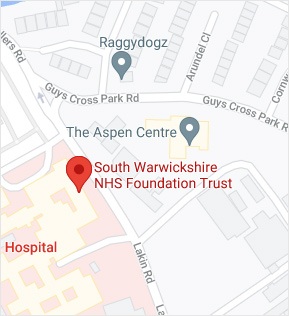
 Ext 4798
Ext 4798